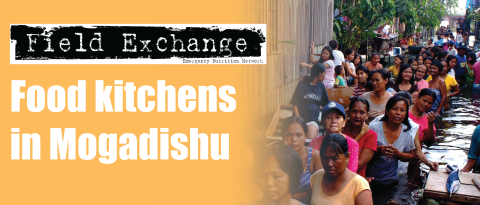Priority indicators in humanitarian emergencies
Summary of reports1
As part of establishing its role in supporting the humanitarian community and national governments, the Health and Nutrition Tracking System (HNTS) hired a consultant to recommend a short priority list of health indicators to be promoted for use in all settings of health crisis.
Data and indicator policies for the ten largest humanitarian non-governmental organisations (NGOs) plus other selected organisations were obtained by interviews, publications and web postings. The actual measurement activities of 11 NGO programmes in five countries were obtained and compared to headquarter (HQ) policies. Because the Sphere Standards were the primary indicator source cited, a Medline review was conducted to explore the published evidence basis for each specific indicator.
The HNTS found that:
There is widespread variation between the indicators that agencies propose collecting. Only measures of mortality and malnutrition appear to be very common, with maternal mortality and water availability prioritised by a majority of agencies.
In the field, most operational international NGOs do not collect all the indicators that their HQs suggest. This variation seems to arise primarily because HQ policies consider human health in a broad sense, but funding procedures often leave programmes focused on only a narrow set of health issues.
The Sphere Standards provide the most widely used health monitoring indicators in the field of humanitarian assistance. Of the 346 indicators in the 2004 Sphere Handbook, 224 (65%) are not believed to be quantifiable, 48 (14%) are quantifiable but cannot be supported by a search of the published literature, and for only 55 (13%) were any data identified to support that a given indicator was related to human health.
It is generally argued in the literature that there is a need for a short list of quantifiable indicators that actually are health outcomes (e.g. mortality rates) or that are linked to strongly to health outcomes (e.g. measles immunisation coverage).
The study drew the following conclusions:
HNTS should endeavour to help agencies become engaged in the 2009 Sphere revision process with an eye towards: a) reducing the key indicators to one or two per sector, b) limiting the word 'indicator' to easily measureable terms, and c) choosing indicators in sectors intending to influence human survival and health which have some evidence suggesting that they are related to human health.
This assessment provides a ringing endorsement for the logic of the SMART initiative. Malnutrition and mortality rates are priority measures for most agencies and academics, and meet the criteria of a good health indicator. Logic exists for including maternal mortality and water consumption on an expanded list of priority indicators.
A broader measure of morbidity (probably based on acute respiratory tract infection (ARI) and diarrhoea incidence) which does not exist is needed. HNTS is uniquely positioned to identify, evaluate and established some broader measure of morbidity for use in crisis situations. Pneumonia and diarrhoea account for one third to one half of childhood deaths everywhere.
HNTS should create and promote technical support in the field with the sole purpose of supporting mortality and malnutrition monitoring. This could happen through the Health Cluster process, via SMART, or on a model similar to a UNHCR regional support person.
1Health and Nutrition Tracking Service (2009). Consultancy report and background documents. Priority Indicators in complex emergencies. September 2009
Imported from FEX website


